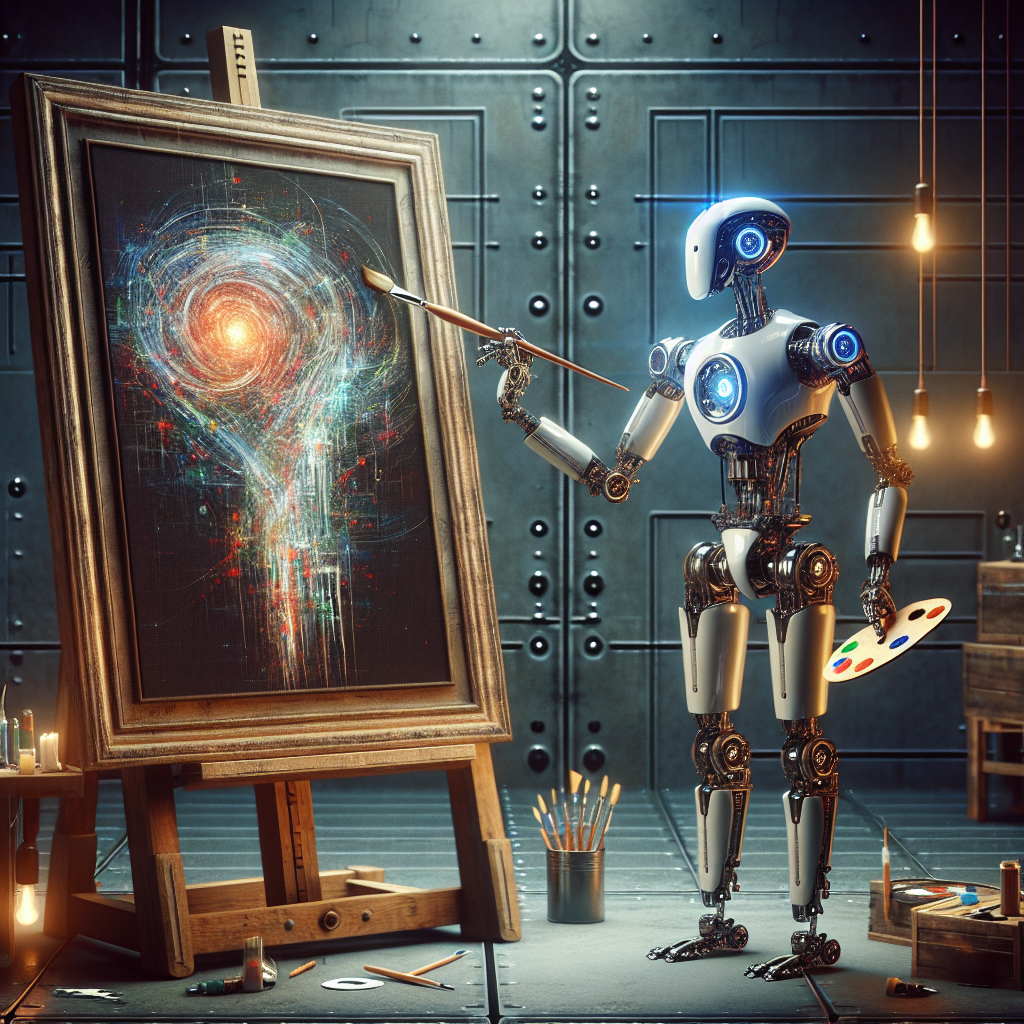Your cart is currently empty!
From AI Assistants to Autonomous Artists: The Cutting-Edge of Artificial Intelligence in Art

Artificial intelligence (AI) is revolutionizing the world of art in ways that were once unimaginable. From AI assistants that help artists create their work to autonomous artists that can create original pieces on their own, the cutting-edge of AI in art is changing the way we think about creativity and expression.
One of the most exciting developments in AI art is the rise of AI assistants. These tools use machine learning algorithms to analyze data, generate ideas, and provide suggestions to artists as they work on their projects. For example, AI assistants can help artists choose color schemes, compositions, and even suggest new artistic techniques to try. This collaborative approach between human artists and AI assistants has the potential to push the boundaries of creativity and lead to new and innovative art forms.
Another groundbreaking development in AI art is the creation of autonomous artists. These AI systems are capable of generating original artworks without any human intervention. Using deep learning algorithms, autonomous artists can analyze existing art styles, techniques, and themes, and then create new pieces that are indistinguishable from those made by human artists. This opens up a world of possibilities for art creation, as autonomous artists can continuously generate new and unique pieces without the limitations of human creativity.
One of the key benefits of AI in art is its ability to democratize the creative process. By providing artists with new tools and techniques, AI can help individuals of all skill levels create art that was once out of reach. This can lead to a more diverse and inclusive art community, where artists from different backgrounds and experiences can come together to create and share their work.
However, the use of AI in art also raises important questions about the role of technology in the creative process. Some critics argue that AI art lacks the emotional depth and personal expression that comes from human artists. Others worry about the potential for AI to replace human artists altogether, leading to a homogenization of artistic expression.
Despite these concerns, the cutting-edge of AI in art continues to push the boundaries of creativity and innovation. As AI technology continues to evolve and improve, we can expect to see even more exciting developments in the world of AI art. Whether it’s through AI assistants helping artists create their work or autonomous artists generating original pieces, the future of art is looking brighter and more dynamic than ever before.

Leave a Reply